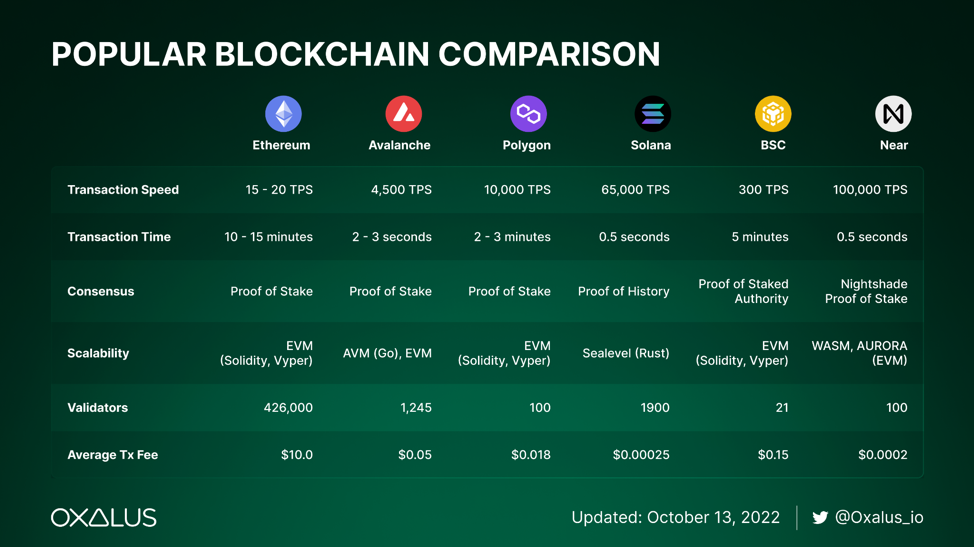To sign up for our daily email newsletter, CLICK HERE
If you are a person who is interested in technology, whether you invest in crypto or not, you must have heard of NFT. The NFT market has provided money-making opportunities for many people, even as its trading volume has dropped significantly since the beginning of 2022. Many companies and famous people have also realized the potential of this market and created their collections using sites like the nft generator.
Although NFT has become more popular than in 2021, it is still a new concept to most people. Many people are interested in NFT investments and how to make a profit with them, so in this article, we will clarify the costs of creating an NFT and how to minimize them.
What Are The Costs Involved in Creating an NFT?
As with other investments, you should know what you need to be able to invest in an NFT, whether you’re simply buying existing NFTs or minting a new one. Creating an NFT is very simple with any digital asset that you own like paintings, photos or music, etc. Firstly, you need to set up a crypto wallet and an NFT marketplace, then upload your digital asset file. Once this process is complete, you already own an NFT, so you can list them on the NFT marketplace for people to buy them. Basically, if the NFT is an item and you are the manufacturer, you need to pay the production costs to make those products.
So, what are the factors determining the cost of minting an NFT?
Gas Fees
Gas fees are the price you pay when making transactions on blockchains. These fees will be reward validators on that blockchain because of using their resources to validate transactions and help secure the network. Gas fees depend on different blockchains and when you make the transaction. Ethereum is known to be the most expensive blockchain with the highest average gas fees recorded at nearly $200 on May 1, 2022, according to BitInfoCharts. In contrast, gas fees at many other blockchains like Solana or Avalanche are significantly cheaper, as you can see in the following table from Oxalus:

You may be wondering why gas fees on Ethereum are so high. As one of the first Layer 1, Ethereum has a large user base resulting in relatively large transaction demand. However, the capacity of this network is too low to accommodate all transactions at a time. Currently, Ethereum can only do 15-20 transactions per second (TPS), compared to Solana’s 65,000 TPS, this is indeed a very modest number. During peak hours, when many people want to make transactions, the network will also prioritize those who pay more gas fees. That is why you will see the gas fee can increase suddenly at certain times of the day.
Marketplace Fees
Unlike blockchain gas fees that will be used to pay validators, marketplace fees will be collected by NFT marketplaces and each NFT Marketplaces will require a different fee. This is quite important because when you decide on which marketplace to create an NFT, you need to take care of the blockchains that that marketplace supports and the transaction fees to be charged for that marketplace. Here are the transaction fees of some of the most popular NFT marketplaces:
- OpenSea: OpenSea charges 2.5% on the final selling price of each NFT.
- Rarible: Rarible 1% on the seller side from every sale happening on the marketplace.
- SuperRare: For primary sales, SuperRare takes a 15% commission. For secondary sales, creators receive a 10% commission.
- Nifty Gateway: This platform takes 5% of the sale price in fees and taxes, plus 30 cents to cover transaction fees.
Can You Create NFTs For Free?
Although there are many projects that allow you to mint NFT for free, the reality is that they are not completely free. Although you can choose marketplace platforms that don’t charge NFT minting fees, you still have to pay gas fees for blockchains, because gas fees when generating transactions are mandatory.
How To Reduce The Cost Of Creating NFTs
To reduce costs, you can consider minting NFTs on blockchains with low gas fees like Avalanche, Solana, or BNB Smart Chain. You can also choose NFT marketplaces that don’t charge a transaction fee. However, the large NFT marketplaces that require a fee will help you reach more users, so your NFTs will have a better chance of selling and making a profit. Therefore, you should research carefully to make the most suitable choice.
Another way for you to reduce costs is to choose the right time to mint NFT and pay a lower gas fee. For example, from 12:00 AM to 4:00 AM (EST) on weekdays and from 2:00 AM to 3:00 AM (EST) on weekends which are off-peak hours on the Ethereum network, plan to mint NFT at these time frames to avoid network congestion, which may cost you a higher fee. You can also set a lower gas fee than usual, although this can make the transaction take longer to process.
The Bottom Line
In the future, several blockchains will be updated and we expect that NFT gas fees will become lower. This will help NFT reach millions of users and provide growth opportunities for this market. Hope our information is useful for you to start creating your first NFTs at the lowest cost.